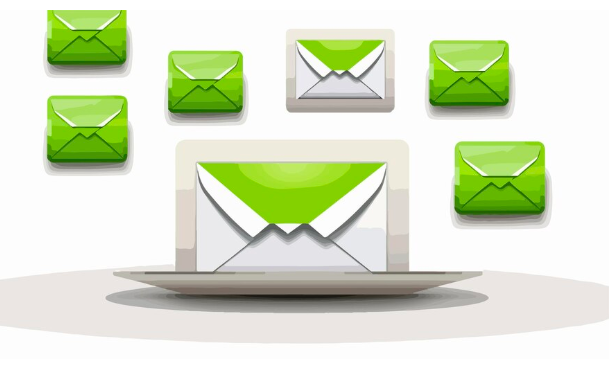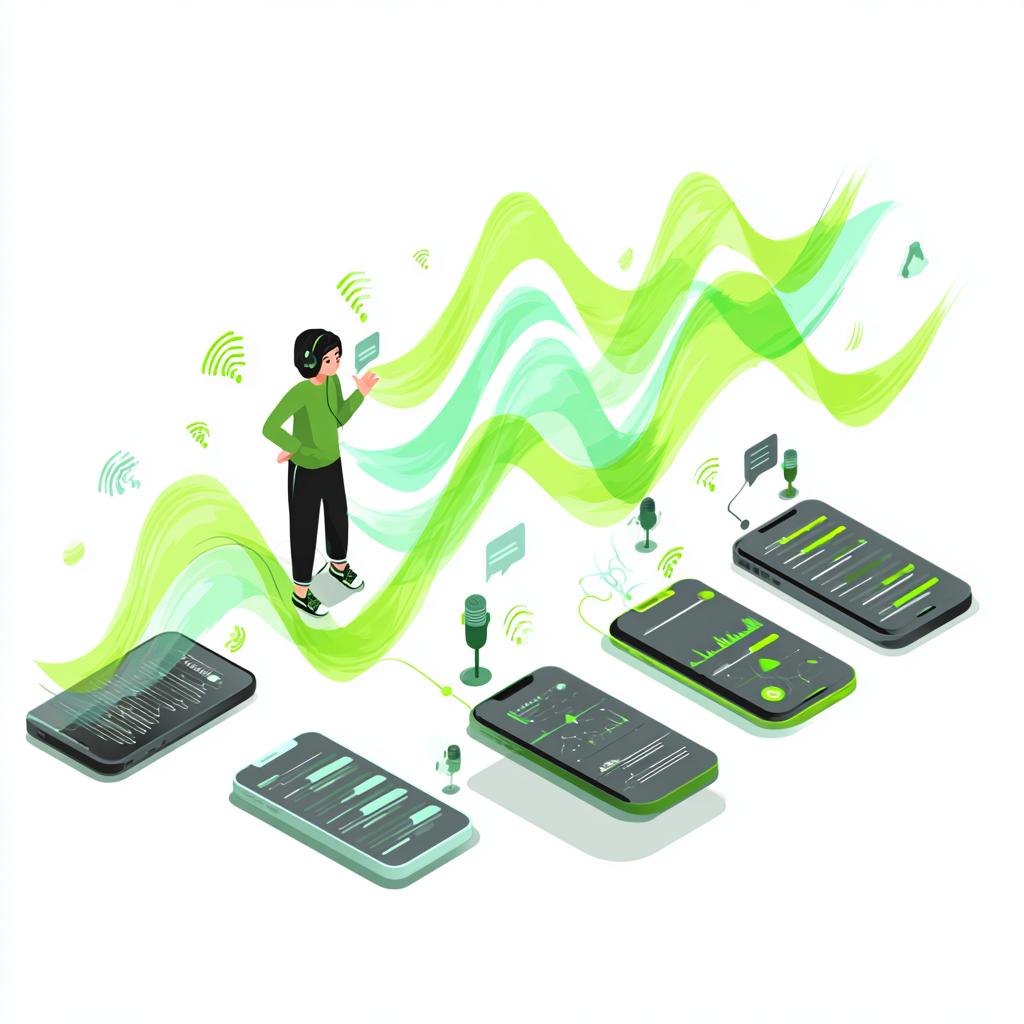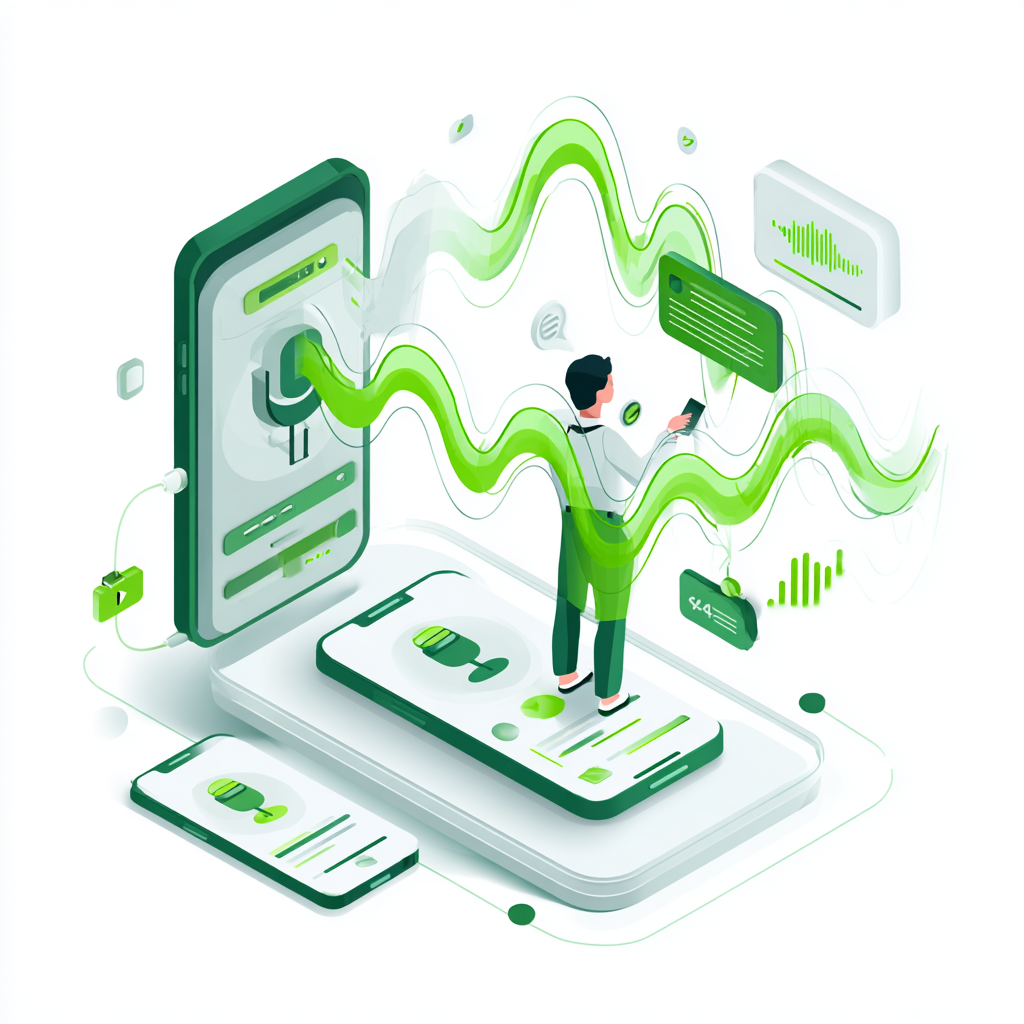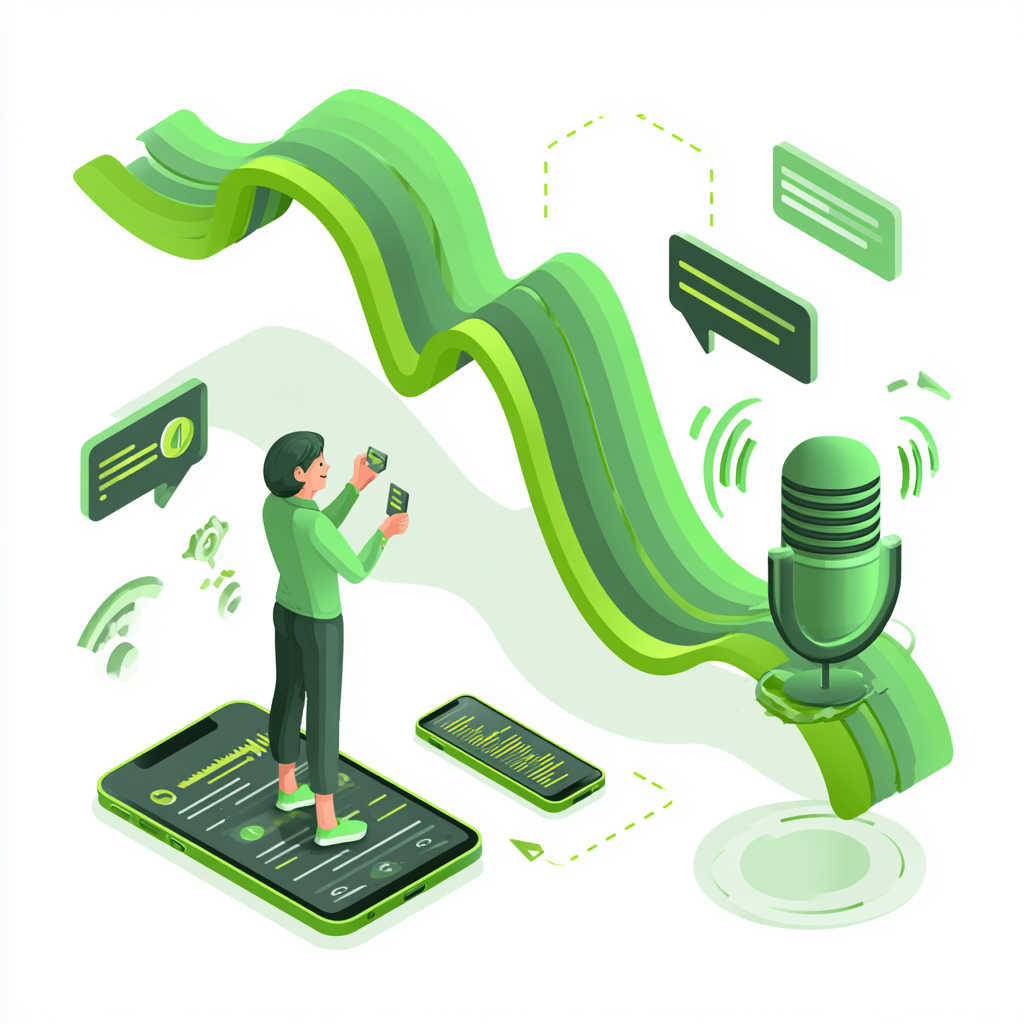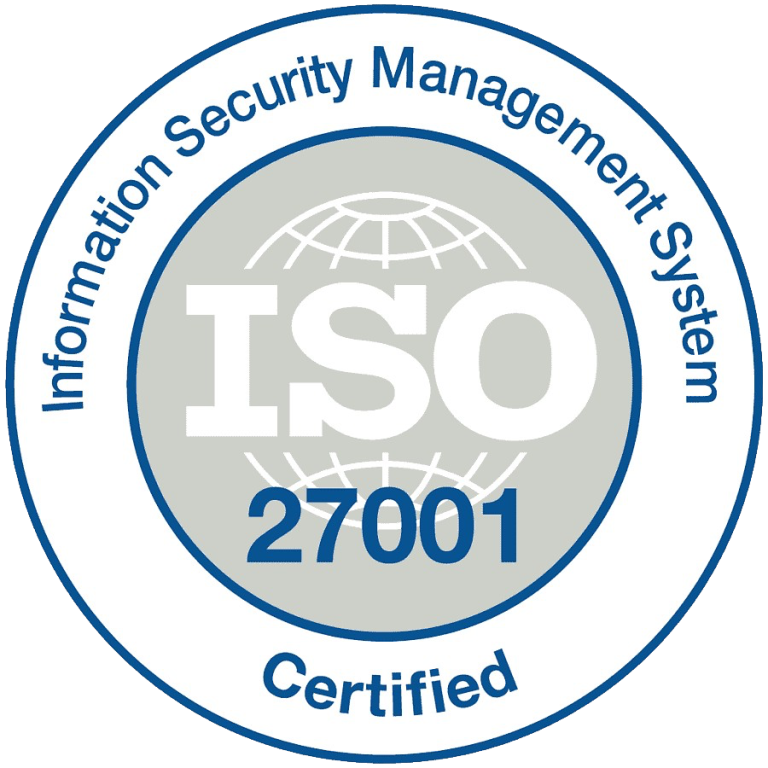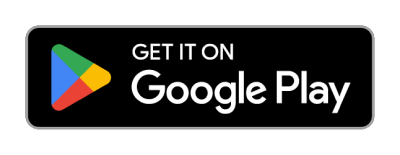Email marketing is a tool that businesses can use to engage customers, increase conversions, and nurture long-term relationships. However, simply sending emails is not enough to capitalize on its potential. Businesses should send targeted emails that address specific needs and speak to different stages of the customer journey. In this article, we will explore seven types of email that every business should implement to maximize engagement and customer satisfaction. Each serves a specific purpose, and when used strategically, they can help build a loyal customer base and drive revenue growth.
Top 7 most effective types of email in 2025.
Email marketing continues to evolve, and in 2025, businesses should use the most effective types of email to engage customers and drive conversions. Here are the top seven (7) types of email that deliver the best results.
1. Welcome emails
- Welcome emails are often your business’s first impression of a new customer or subscriber. Whether someone signs up for your newsletter or makes a purchase, this email introduces your brand, its values, and the journey your customer is about to embark on.
- A well-crafted welcome email helps establish trust and sets the tone for future communications. Being welcoming and informative can create a positive initial experience that encourages recipients to stay engaged with your brand.
Best practices for welcome emails:
- Address the recipient by their first name to personalize the message. This simple step can make customers feel valued and seen.
- Provide a brief overview of who you are, what you stand for, and what your customers can expect from you in the future. Highlight your unique selling points and what sets your business apart.
- Encourage new subscribers or customers to take the next step, whether exploring your website, signing up for a service, or browsing your products.
- Keep the tone of the email friendly and inviting. A warm, welcoming message sets a positive tone for future interactions.
- Offering a discount or freebie as a thank you for signing up can engage new subscribers and turn them into active customers.
- A personalized and engaging welcome email can strengthen your relationship with new customers.
2. Promotional emails
Promotional emails are an essential part of any email marketing strategy. They inform customers about special offers, discounts, product launches, or seasonal sales. Promotional emails help create excitement around your brand, build anticipation for new products, and encourage immediate action.
The key to a successful promotional email is crafting a message that grabs attention and makes your audience feel like they’re receiving something exclusive or time-sensitive.
Best practices for promotional emails:
- Use time-sensitive offers, such as “limited-time discounts” or “flash sales,” to create a sense of urgency. This encourages customers to act quickly, preventing them from procrastinating.
- Offer special deals to your loyal customers, such as early access to sales or exclusive discounts.
- Many email opens happen on mobile devices, so make sure your promotional emails are mobile-friendly. This means using responsive designs and keeping the email layout simple and easy to navigate.
- Focus on creating a clear and concise message explaining the promotion’s value. Use persuasive language that motivates customers to take action.
- Experiment with different subject lines, CTA buttons, and email content to see what resonates best with your audience. A/B testing can help you fine-tune your messaging and maximize engagement.
3. Transactional emails
Specific customer actions trigger transactional emails, such as order confirmations, payment receipts, shipping notifications, or account activity updates. They are essential for giving customers the information they need to complete their transactions and feel confident about their purchases.
Although transactional emails may seem straightforward, they provide an excellent opportunity to reinforce your brand’s identity, offer additional value, and strengthen customer trust.
Best practices for transactional emails:
- Ensure transactional emails are sent promptly after the customer takes action. For example, send an order confirmation email immediately after purchase to reassure that the order has been processed.
- Include all necessary details, such as order numbers, shipping addresses, tracking information, and estimated delivery dates. Customers should be able to find the information they need quickly.
- The design and tone of your transactional emails should consistently align with your overall brand identity. This will help reinforce brand recognition and professionalism.
- If the recipient needs assistance with their order or account, include contact information for customer support. Offering easy access to support can reduce frustration and improve the customer experience.
- Use transactional emails to suggest relevant products or services based on previous purchases. Upselling and cross-selling opportunities can increase average order value and boost revenue.
4. Newsletter emails
Newsletter emails are an excellent way to stay connected with your audience by providing valuable content, company updates, and industry news. Regularly sending newsletters keeps your brand top-of-mind and helps build relationships with your subscribers over time.
Best practices of newsletter emails:
- Send your newsletters consistently, whether weekly, bi-weekly, or monthly. Consistency helps your audience know when to expect updates from you.
- Not all subscribers are interested in the same content, so segment your email list to provide targeted newsletters. For instance, you can send different content to new subscribers versus long-term customers.
- To encourage engagement, incorporate interactive elements, such as polls, surveys, or clickable links, into newsletters. These features make newsletters feel less like a one-way communication channel and more like conversations.
- Share behind-the-scenes glimpses of your business, introduce team members, or provide insights into your creative process. This helps humanize your brand and build trust with your audience.
- People often skim emails, so your newsletters should be easy to scan. Use short paragraphs, bullet points, and headings to highlight key information.
5. Re-engagement emails
Re-engagement emails are sent to customers or subscribers who have become inactive or disengaged. These emails aim to reignite interest and encourage recipients to re-engage with your brand by purchasing, subscribing to your newsletter, or interacting with your content. The goal is to rekindle the relationship and remind recipients of the value you offer.
Best practices for re-engagement emails:
- Use an emotional appeal to reignite interest. Remind recipients how your brand can solve their problems or enhance their lives.
- Offer special deals or discounts as an incentive to get them to re-engage. This could be a limited-time offer or an exclusive discount for returning customers.
- To motivate recipients to take action quickly, create urgency with time-sensitive incentives, such as “last chance” or “ending soon” offers.
- Ask for feedback on why the recipient became disengaged. This not only shows that you care about their opinion but also helps you identify areas for improvement.
- Keep your re-engagement emails short and focused. The goal is to reignite interest without overwhelming the recipient.
6. Survey and feedback emails
Surveys and feedback emails are valuable ways to gather customer insights about their experiences with your products or services. Collecting feedback helps you understand what is working well, what needs improvement, and how to serve your customers better.
These emails are crucial for understanding your customers’ needs and improving your business.
Best practices for survey and feedback emails:
- Keep surveys short and easy to complete. Long surveys can be off-putting, so focus on asking only the most essential questions.
- Ensure your CTA is clear and directs the recipient to the survey or feedback form. Use actionable language like “Share Your Opinion” or “Give Us Your Feedback.”
- To encourage participation, offer incentives such as discounts or freebies. This will show appreciation for your customers’ time and encourage more responses.
- After the survey, follow up with a thank-you message and let respondents know how their feedback will be used to improve your offerings.
- Use your feedback to enhance your products, services, and customer experience; customers who see that their input matters will feel more invested in your brand.
7. Abandoned cart emails
Abandoned cart emails are sent to customers who have added items to their shopping carts but have not completed their purchases. They serve as gentle reminders to encourage the customer to finalize their order and make a purchase.
Best practices for abandoned cart emails:
- Personalize the email with details of the items left in the cart to make it more relevant and remind customers what they missed.
- To increase the chances of conversion, send multiple follow-up emails. Consider sending an initial reminder and a second email with an incentive, such as a discount or free shipping.
- Include customer reviews or ratings of the products left in the cart to build trust and reduce hesitation.
- Add a sense of urgency by offering a limited-time discount or highlighting low stock levels.
- Ensure the checkout process is simple and user-friendly. Provide a direct link to the cart so the customer can complete the purchase with minimal effort.
Mastering email marketing for success.
Using a variety of email types ensures a well-rounded email marketing strategy that keeps customers engaged and drives business growth. From welcome emails to re-engagement and abandoned cart emails, each serves a unique purpose in the customer journey. Implement these strategies to improve customer relationships and boost conversions. Start optimizing your email marketing strategy today!
